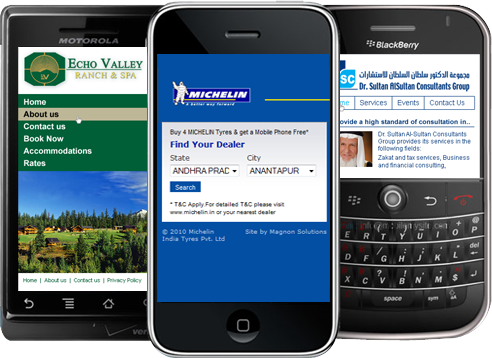Mobile phone marketing is big business. With the competition between manufacturers and service providers increasing constantly, the necessity for a company to put their products across to the general population successfully requires a large amount of tact and money. They will attempt this through a variety of traditional and less traditional means, of which some succeed and some fail. Billions of dollars is spent every year to keep companies at the top of the markets, and the means by which they do that can be seen daily by the average person.
 The marketing techniques that mobile phones-related companies use are, as has been mentioned, varied, and almost every opportunity has been taken. Many companies have used television adverts as their prime front for marketing their product for decades. Whilst this is the most expensive traditional means of advertising, it has also proved the most effective, with companies spending a huge amount on their advertising budgets in order to create memorable TV commercials over the years. Virgin Mobile’s “The Devil Makes Work For Idle Thumbs” campaign, along with Phone 4U’s hand signals spring to mind in these cases.
The marketing techniques that mobile phones-related companies use are, as has been mentioned, varied, and almost every opportunity has been taken. Many companies have used television adverts as their prime front for marketing their product for decades. Whilst this is the most expensive traditional means of advertising, it has also proved the most effective, with companies spending a huge amount on their advertising budgets in order to create memorable TV commercials over the years. Virgin Mobile’s “The Devil Makes Work For Idle Thumbs” campaign, along with Phone 4U’s hand signals spring to mind in these cases.
Similarly, radio advertising has also been used in order to broadcast tariffs, phone offers and deals straight into a person’s home. Out and about, billboard advertising has also been favored, with many using the images seen on TV in the billboard advertisements also in order to create an association with the brand and make it instantly recognizable. The same goes for pop ups and banners on websites.
However, mobile phone marketing is for more intricate than simply announcing an offer. Companies go to great lengths in order to design the image of their products around the likes and personalities of their target audience. Originally, the target audience of marketing teams for mobile phone companies were businessmen and women who could find practical uses for a mobile phone. However, this then spread to young people in their twenties and then to teenagers as mobile phone popularity increased in the 2000s. The age group that has not been so heavily targeted has been the older age group – they have been largely neglected by marketing teams since the latters attempted to win over the younger phone addicts. However, there have been moves to rectify this, with phone manufacturers marketing some phones directly at the older market, such as Vodafone that released the 115 this year which has been designed and marketed specifically towards older people, emphasizing larger buttons, SOS functions and simplicity.
The means by which mobile phone companies then relate their phones to the target audiences have become varied in their styles from company to company. Orange has attempted to go for a funky yet sophisticated image, with their tariff plans being named after animals, but their logo remaining smart in a largely black design. O2 has attempted a sophisticated style with their water and air imagery and soft themes, and Virgin has attempted a rocky image involving celebrities in their advertisements. The same goes for the way phones are designed and who for. Apple has always depended on its trendy appeal. Often, competition with iPhones can be better than the iPhone, but the iPhone will outsell it due to the image it has. Nokia had previously marketed its phones as sturdy and reliable, which gained it much popularity in the mid-2000s, but has needed to rethink its strategy in recent months in order to adapt itself to the smartphone market, which it has done so with the Lumia series.










Comments